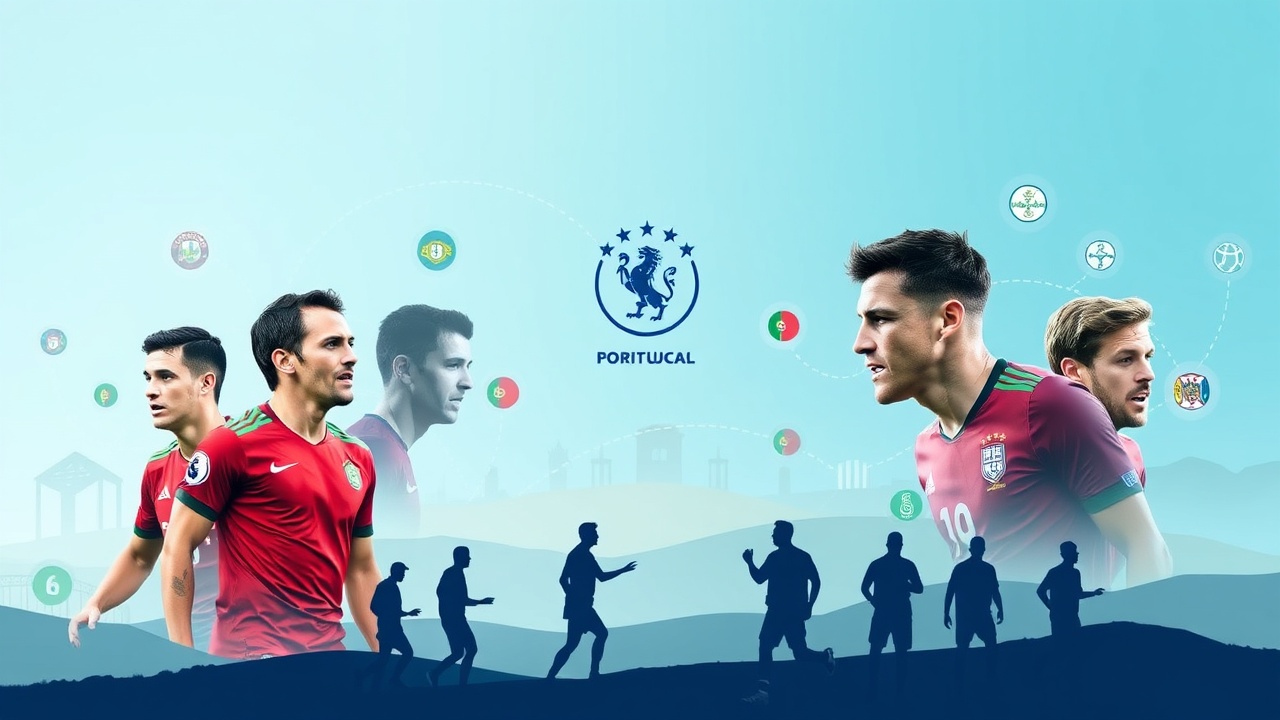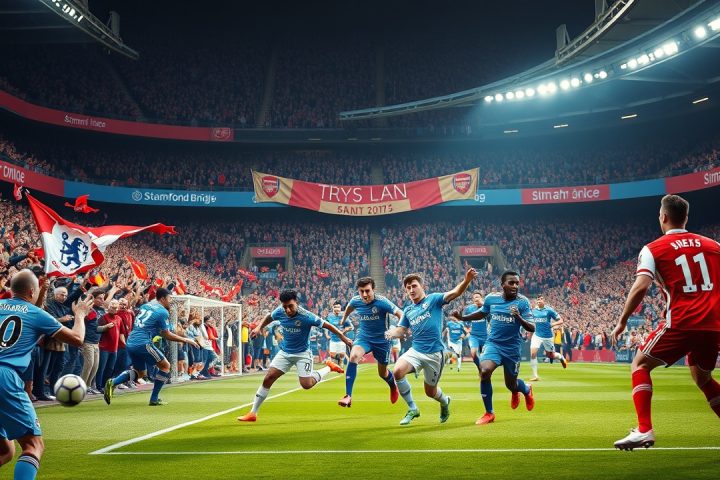Introduction
As the summer transfer window heats up, all eyes are on a potential blockbuster move of a renowned Bundesliga striker to the Premier League—an event that has historically been a mixed bag for clubs. While the allure of major signings offers excitement, a closer look reveals a lack of correlation between hefty transfer fees and the on-field performance of players, as highlighted by Simon Kuper and Stefan Szymanski in their influential work, Soccernomics. Their research indicates that while salary often predicts team success, the impact of transfer spending is not as straightforward, provoking a reconsideration of how investments in talent pay off.
Case Studies of High-Profile Transfers
Take Kylian Mbappé, for example. Over the past seven years, his transfers recorded amounts of €180 million and a free move, yet his performance consistently underscored the significance of wages as a better indicator of value. Similarly, Paris Saint-Germain probably counts their €70 million purchase of Khvicha Kvaratskhelia as a triumph, whereas Manchester United remains cautiously optimistic about their €62 million acquisition of Leny Yoro. The propensity for big-money transfers to sometimes fall flat is a reality fans can bitterly acknowledge: Ousmane Dembélé’s €135 million switch to Barcelona was disastrous, while his move to PSG at €50 million proved fruitful.
Analyzing Transfer Dynamics
To understand these dynamics better, I delved into a decade’s worth of high-profile transfers, tracking the 200 most expensive deals each season, totaling 2,000 transactions. This analysis sought to reveal average playing time, which serves as a foundational measure of a transfer’s success. Players moving to top European leagues averaged 23.6 years of age and commanded fees around €23.6 million, landing on the pitch for approximately 57.3% of league minutes during their inaugural year—a value that dropped in subsequent seasons. When applying a weighted metric, it resulted in about 47.4% playing time over three years—our benchmark for evaluating transfer success.
For the 699 players who transferred to Premier League teams, the weighted average for minutes played matched the overall sample at 47.5%. Notably, players hailing from La Liga, the Premier League, and the Portuguese Primeira Liga showed better returns on investment in terms of playing time compared to those arriving from leagues like Ligue 1 or the Eredivisie. The transfer of Benfica’s Enzo Fernández to Chelsea for €121 million serves as a prime example of this trend, alongside Wolverhampton’s successful acquisitions from Portuguese clubs, highlighting how investments that source talent from Portugal yield substantial returns.
Efficiency of Clubs in Player Development
Clubs like Benfica and Sporting CP have sustainably navigated the financial landscape, consistently selling star players at high rates while remaining competitive in European tournaments. Benfica, in particular, has not just produced high-value exits but has also consistently deepened their runs in the UEFA Champions League, reaching the round of 16 multiple times recently. Meanwhile, Sporting has captured three league titles in five years, illustrating efficiency in player development—albeit with a more restrained number of significant player sales compared to their rivals.
Challenges Facing Bundesliga Clubs
In contrast, the Bundesliga’s dependency on clubs like Austria’s RB Salzburg for talent is beginning to show signs of strain. Though Salzburg enjoyed a stellar decade, their recent performances have dipped, questioning the sustainability of their ‘feeder club’ system to Bundesliga teams. The talent pipeline has been effective in the past, with star players like Naby Keïta and Erling Haaland transitioning to major clubs, but less successful recent movements raise concerns for clubs relying heavily on Salzburg’s output. This poses potential risks for Premier League sides dependent on talent from such clubs—should their production falter, the Premier League’s flow of quality performers could also face challenges.
Changing Dynamics in Player Transfers
Moreover, the relationship between mega-clubs and emerging talent markets is changing. European giants are investing directly in young South American prospects, often bypassing the traditional feeder systems, leading to mixed outcomes. While signings like Vinícius Júnior and Rodrygo from Brazil proved worthwhile, others, such as Reinier, have struggled to make their mark, leading one to ponder future investments’ returns.
British Players Abroad
Examining British players who sought opportunities abroad, the data shows success in their transitions, with moves yielding significant playing time and notable performances even among more seasoned talents switching leagues. For many English players, the local Premier League offers an equal caliber of competition, indicating a strong domestic talent sector. For others searching for growth or change, moving to clubs in Italy, for instance, has been a fruitful choice. These revelations render the transfer landscape as an intricate web of strategy, potential, and unpredictability.




